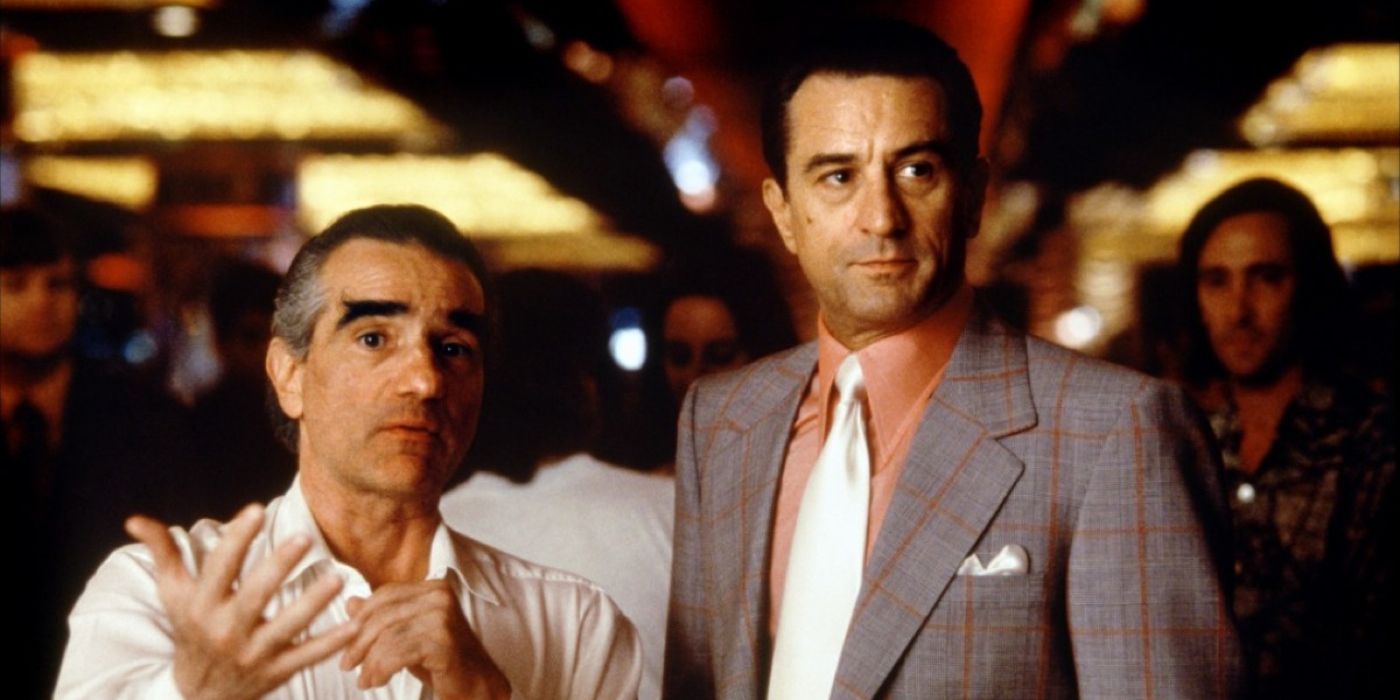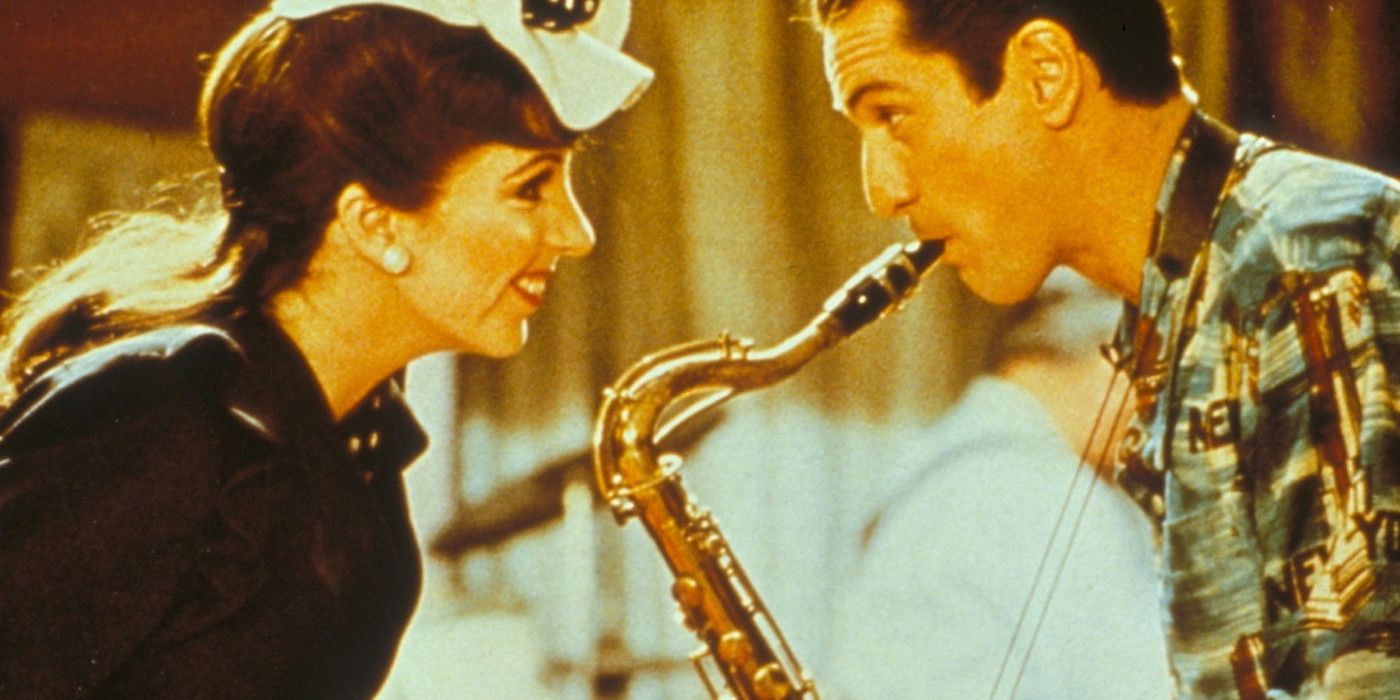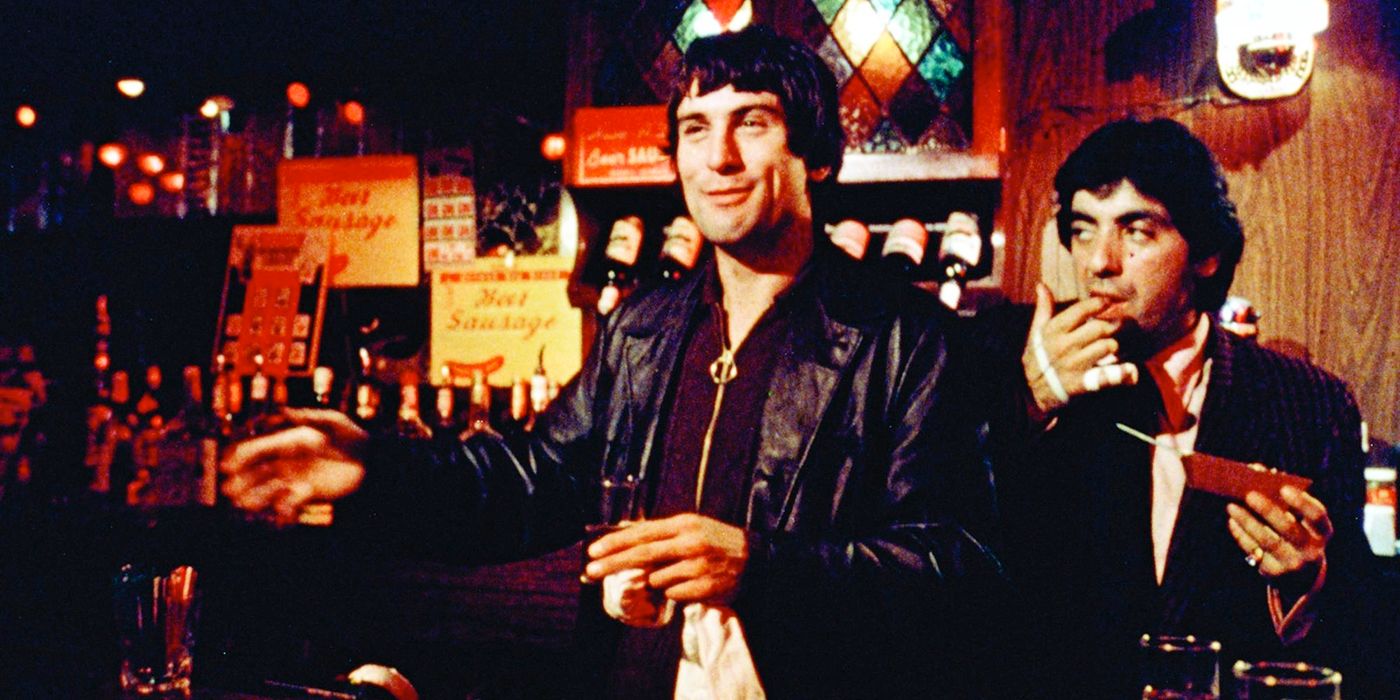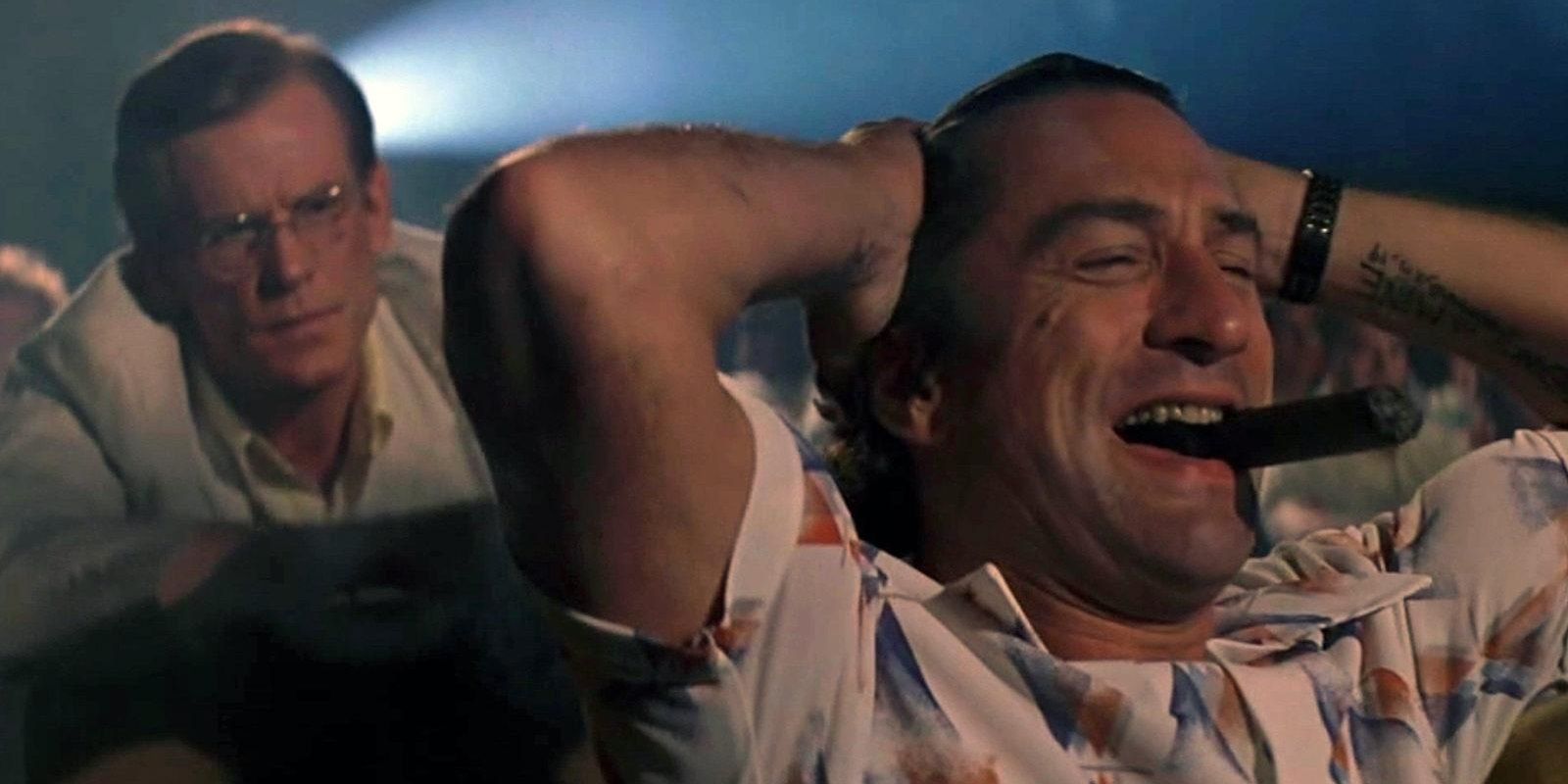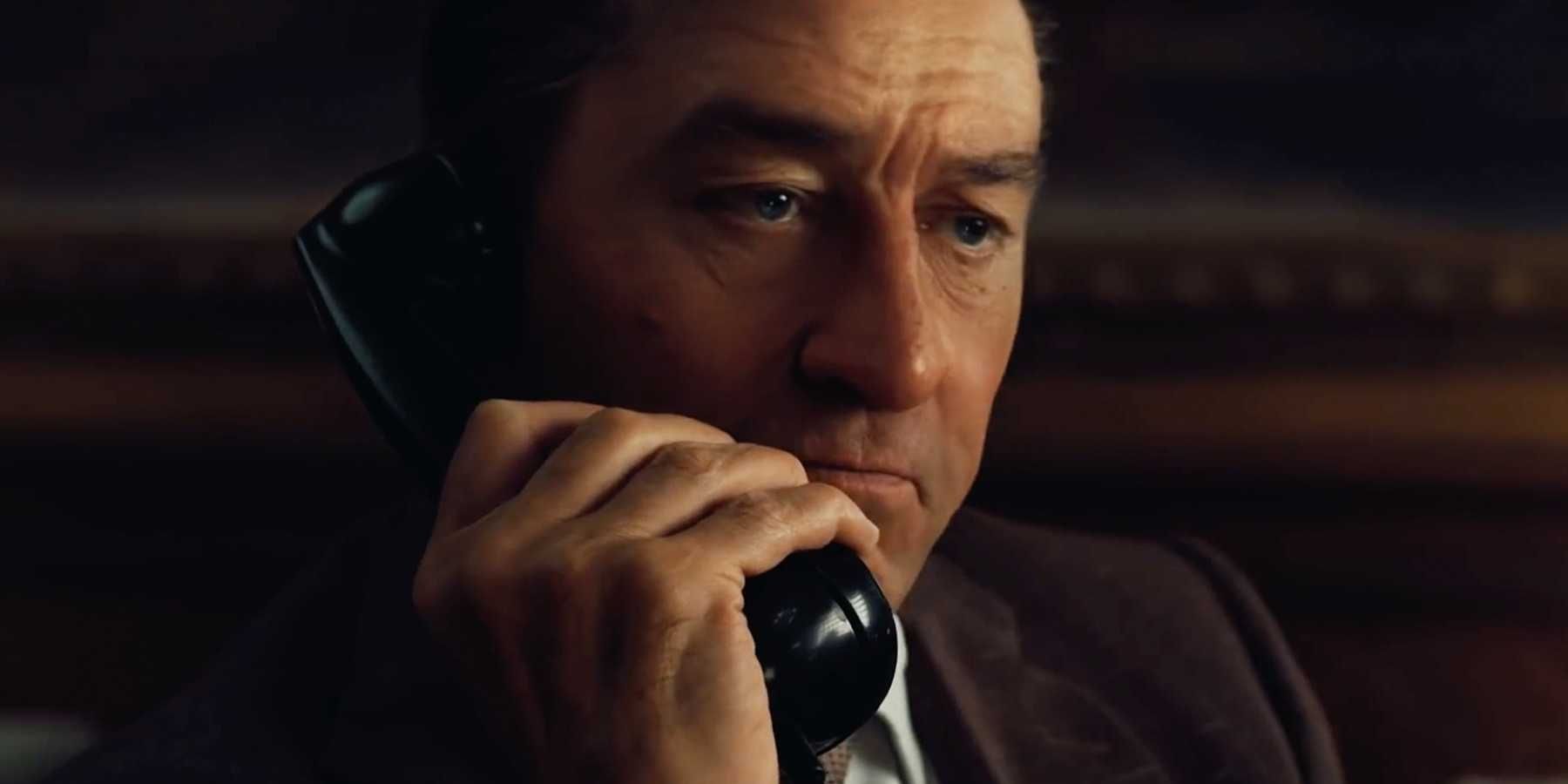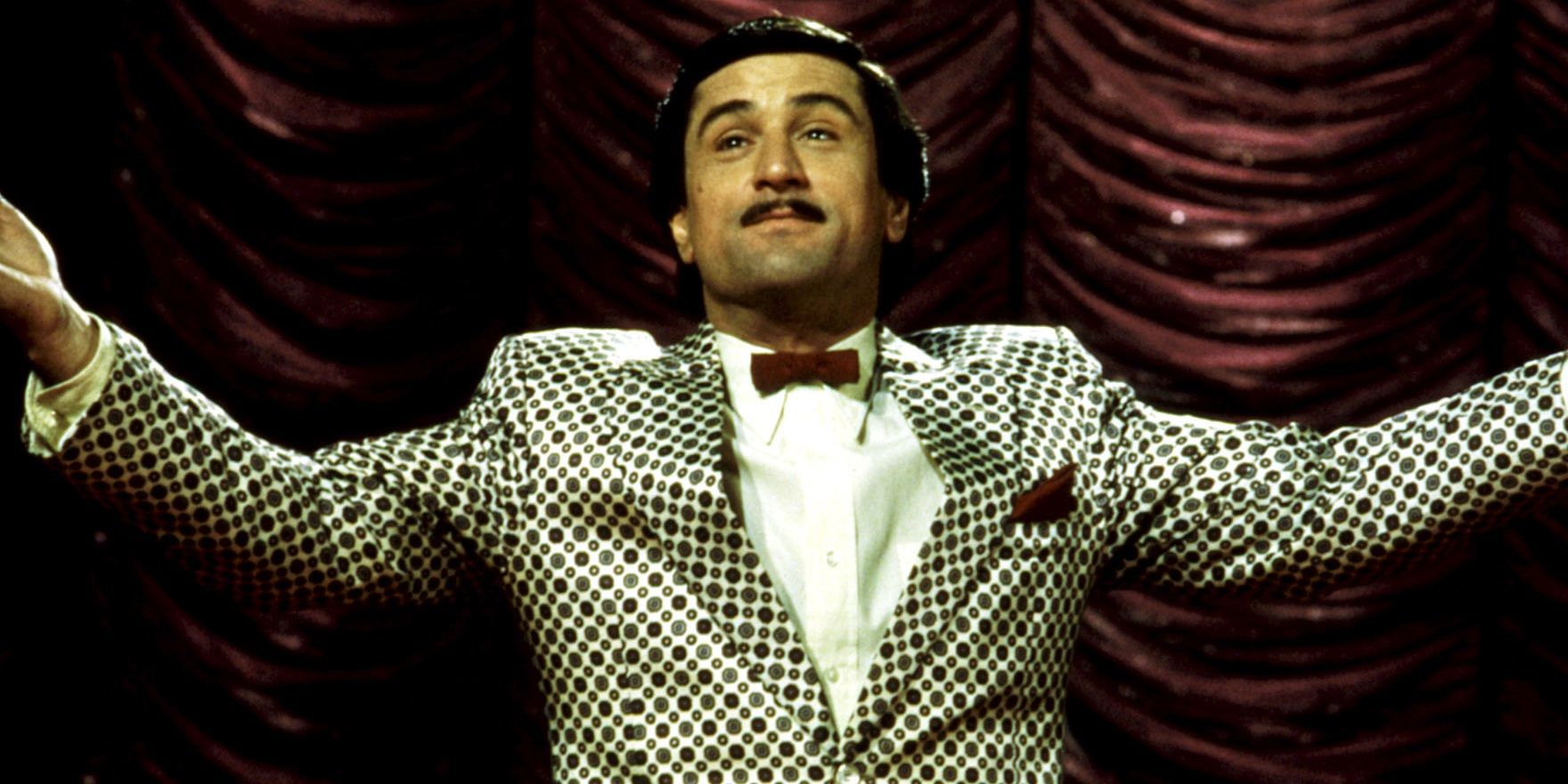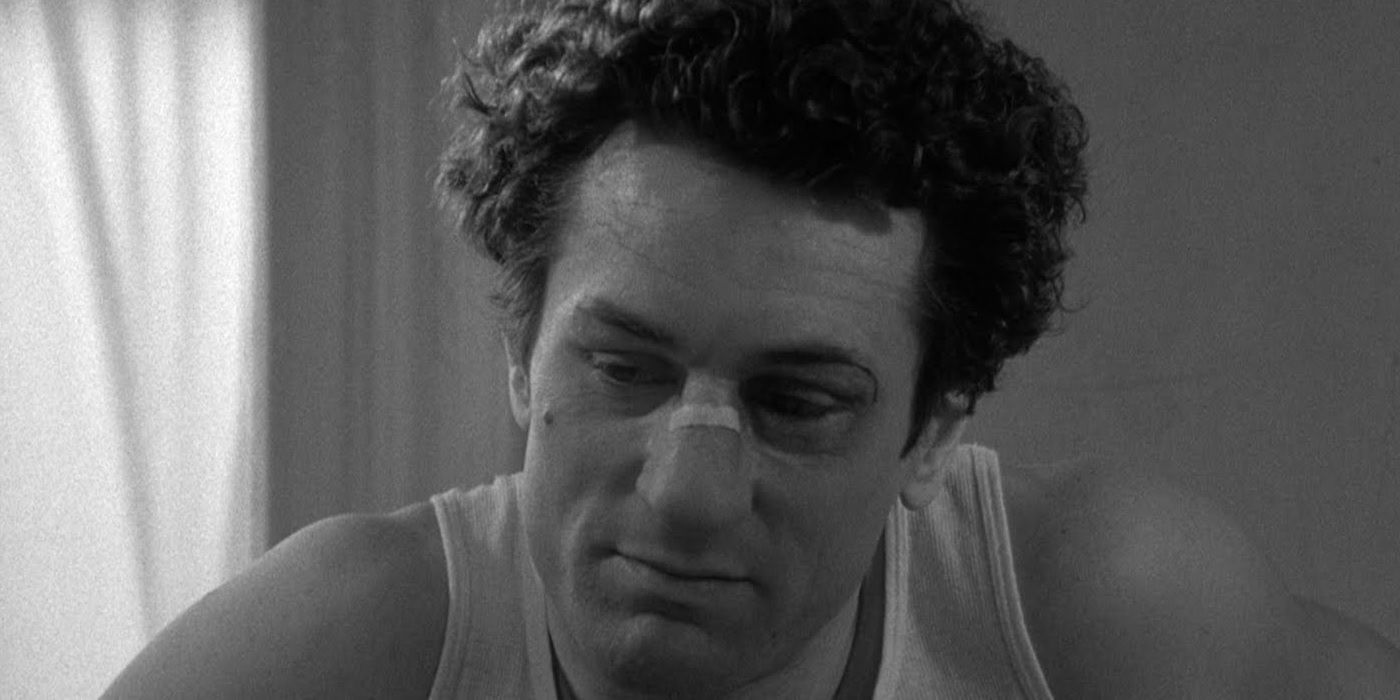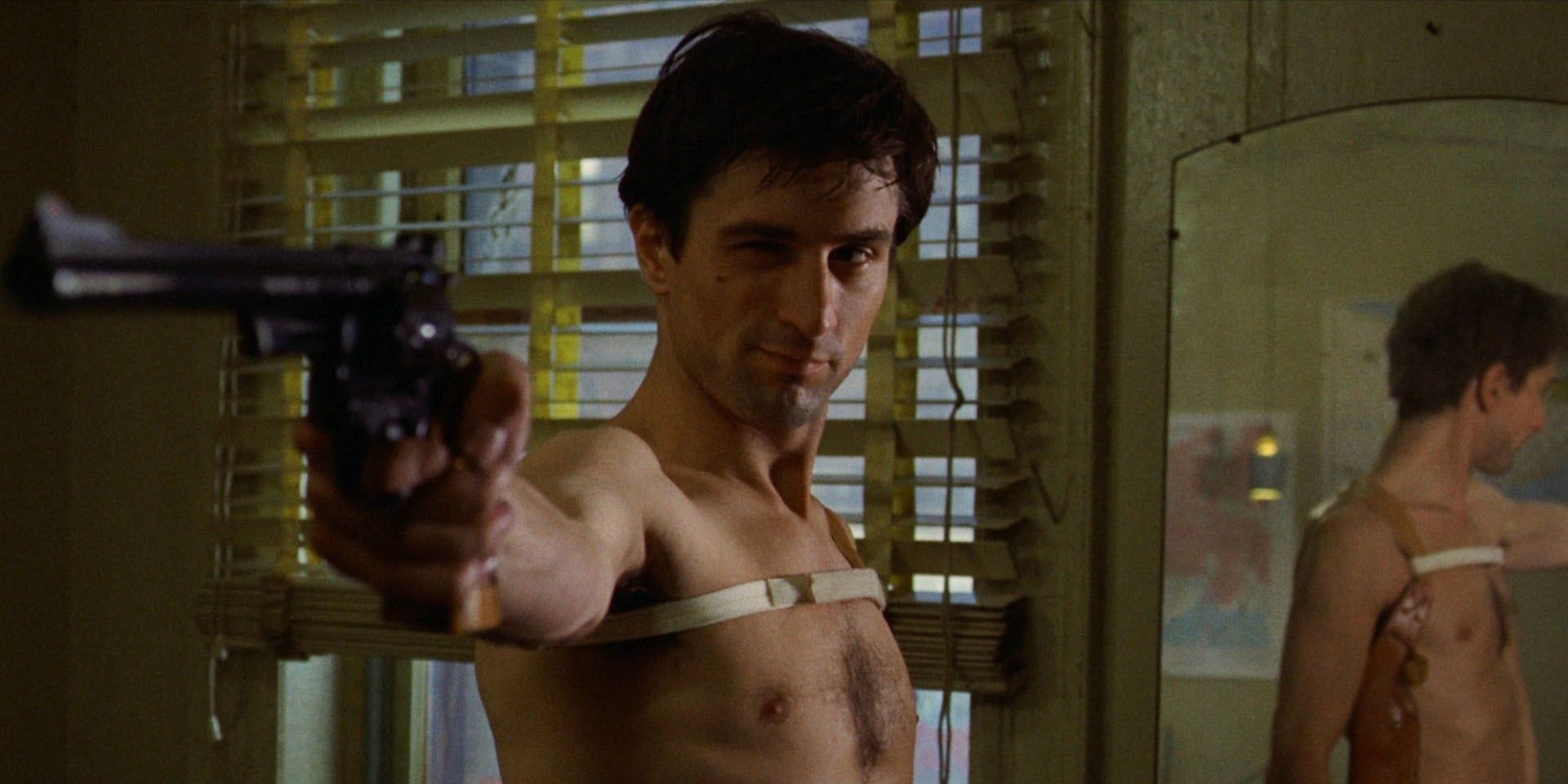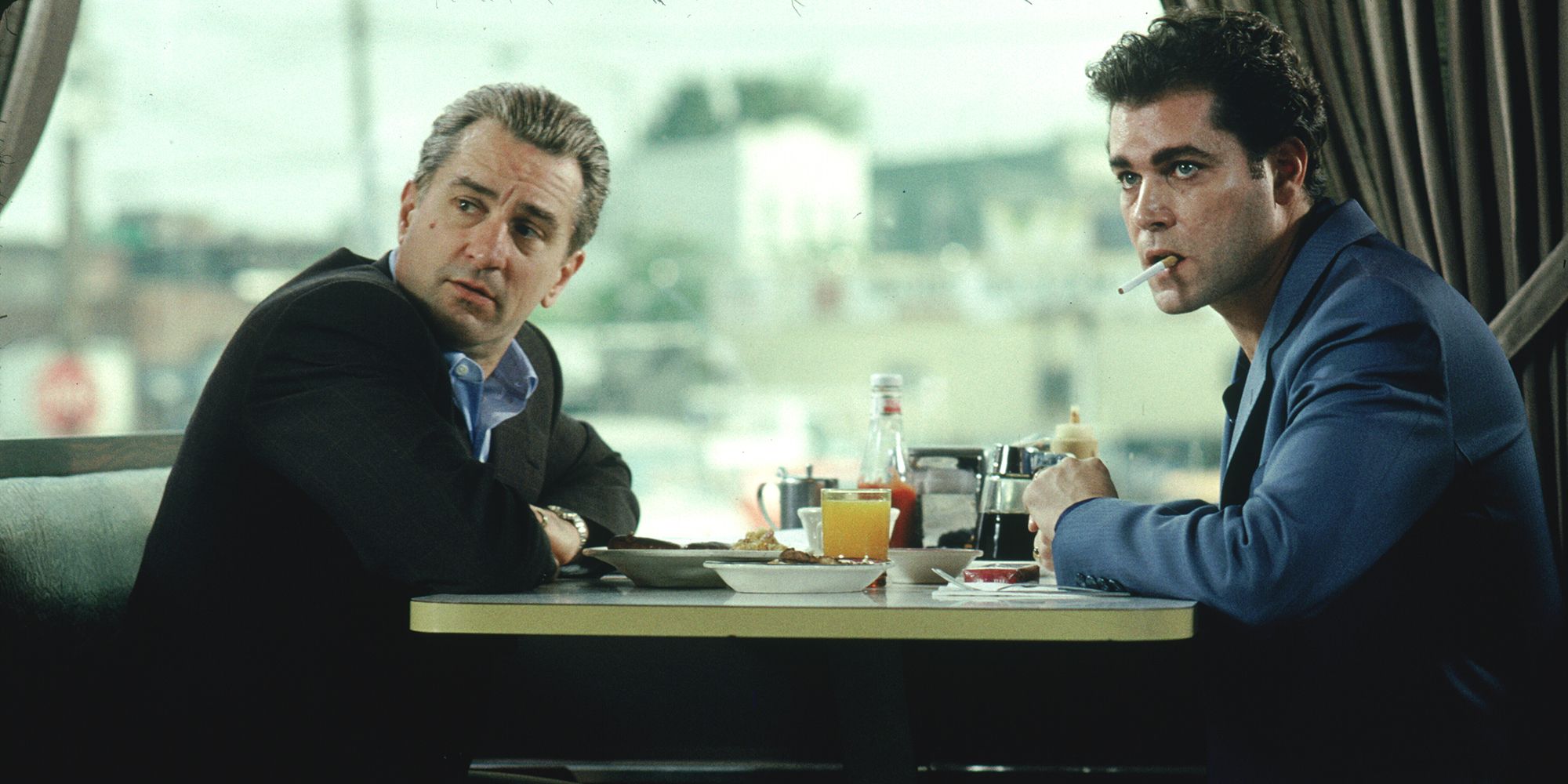Martin Scorsese is one of the greatest living filmmakers, and many of his movies star longtime collaborator Robert De Niro. Scorsese and De Niro first worked together on the seminal 1973 gangster film Mean Streets, and that laid the foundation not only for the director's career and style of filmmaking but his casting going forward. As De Niro proved himself to be an influential powerhouse of dramatic acting who transforms himself for every role, he was the perfect fit for Scorsese's emotionally resonant character studies, regardless of their focus.
De Niro is a two-time Academy Award winner, earning the second under the direction of Scorsese. Meanwhile, Scorsese might not have a Palme d'Or if it wasn't for De Niro either. Scorsese has cast De Niro in many movies, and almost all of them hold some sort of classic status. The director continues to experiment and innovate with De Niro in the passenger seat, as the actor will star in his upcoming Western, Killers of the Flower Moon. But Scorsese and De Niro's partnership goes back 50 years, and they've worked on some of cinema's most significant movies together.
9 New York, New York (1977)
New York, New York is an outlier in Martin Scorsese's filmography. As the director had two classic crime movies already under his belt, that's what was expected of him, which is why this romantic musical drama about jazz musicians didn't initially go down well with critics (via Rotten Tomatoes). It isn't as rich in detail, it doesn't have layered characters, and there aren't as many F-bombs as are typical of a Scorsese movie. However, though the movie isn't the engrossing experience that's expected of the two talents, it's nowhere near as bad as it was once considered. If anything, it's a great pallet cleanser following the emotionally exhausting Taxi Driver.
8 Casino (1995)
Martin Scorsese almost has an "if it ain't broke, don't fix it" approach to Casino. The movie once again sees Joe Pesci playing a made man and having a brotherly relationship with Robert De Niro's character, which is the third time such things have happened under Scorsese's direction. Not only that, but between a snappy voiceover narration, long tracking shots, and tons of stylish editing, Casino can sometimes feel a little too similar to Goodfellas. But while Goodfellas made Casino possible, it's hardly as if the formula was wearing thin, as the two actors playing unpredictably violent gangsters and causing havoc is always endlessly entertaining.
7 Mean Streets (1973)
Mean Streets is what introduced Martin Scorsese and Robert De Niro as collaborators, and it's the foundation of the director's career. Though its release was sandwiched between The Godfather and The Godfather Part II, a fast-paced and loose mob movie was refreshing at the time. And while the filmmaker had directed a couple of low-budget movies beforehand, it was the scrappy 1973 gangster movie that established his frenetic style, the quintessential New York setting, and of course, Martin Scorsese's constant use of freeze frames. De Niro's raw energy in the movie matches Scorsese's style, too, and they clearly knew they had something to prove in the filmmaking world.
6 Cape Fear (1991)
While other movies Martin Scorsese and Robert De Niro made together have a bigger footprint on the cinema landscape and a more important legacy, Cape Fear is criminally overlooked. The duo's other movies are shrouded in accolades, but this was Scorsese's first and most successful attempt at making a thriller, with a plot about a convicted rapist (De Niro) seeking revenge on his public defender. While it isn't as talked about as the likes of Taxi Driver or Goodfellas (though Cape Fear was parodied on The Simpsons), Scorsese's Cape Fear remake was surprisingly the biggest box office hit the duo had together, grossing $182 million worldwide (via Box Office Mojo).
5 The Irishman (2019)
The Irishman is Martin Scorsese's late-career masterpiece. It depicts a unique story from a dark corner of crime history that only Scorsese could tell: the mystery surrounding Jimmy Hoffa's death. The epic crime drama spans decades, but it's the sudden commentary on mortality in the final act that differentiates it from Scorsese and Robert De Niro's other mob movies. Where other films glamorize aspects of criminal lifestyles, The Irishman truly shows the consequences of such lives. More impressively, the movie cost $173 million (via IndieWire), and it shows. Working with innovative technology for the 2019 release, Scorsese used CGI to seamlessly de-age the actors.
4 The King of Comedy (1982)
Martin Scorsese's comedies never perform well at the box office despite them being among his best movies. After Hours underperformed at the box office, but The King of Comedy was an outright bomb, even despite having Robert De Niro in the lead role. It has since become a cult classic, and it might be that it was simply ahead of its time in 1982. The satirical black comedy follows a sociopathic comedian who kidnaps a talk show host, and it's about people's obsession with fame and celebrities, which is at an all-time high. The King of Comedy has become so influential that it even inspired Joker's best scenes.
3 Raging Bull (1980)
Raging Bull has been showered with praise and accolades, as it has a 93% on Rotten Tomatoes and earned Robert De Niro his second Academy Award win. The movie follows Jake LaMotta (De Niro) as he strives to become the greatest boxer, and after spending years getting to the top, it only takes him seconds to fall back to the bottom. Beyond the directing and acting, the movie is perfect in every department, including Michael Chapman's delicate black-and-white cinematography and Thelma Schoonmaker's creative editing. Between training as a boxer for months, gaining 30 pounds of muscle, and taking part in boxing matches, Robert De Niro transformed himself to play LaMotta.
2 Taxi Driver (1976)
Martin Scorsese was returning the favor when Robert De Niro won an Oscar for Raging Bull, as the filmmaker had won the Palme d'Or at Cannes for Taxi Driver four years earlier, and he wouldn't have done it without his lead actor. Taxi Driver follows Travis Bickle (De Niro), a New York cabbie who becomes obsessed with saving an underage sex worker. While Batman is cinema's most famous vigilante, Travis Bickle is the most realistic, and Taxi Driver does a great job of depicting the true horrors of violence. The movie showcases how great De Niro is at ad-libbing, too, as he improvised the famous "you talkin' to me" scene.
1 Goodfellas (1990)
Goodfellas and The Godfather are two sides of the same coin. They're the greatest movies about the Italian mafia, but where The Godfather is slow-paced with almost no camera movements, Goodfellas is full of energy with endless tracking shots, and that's why it's so beloved. It came at a time when Godfather-influenced movies were wearing thin, and the frantic style was a rejuvenating take on the gangster genre. Depicting the true story of gangster and snitch Henry Hill (Ray Liotta), Goodfellas is the peak of Martin Scorsese and Robert De Niro's shared filmography, and it even sits at number 17 on IMDb's list of the best movies of all time.

